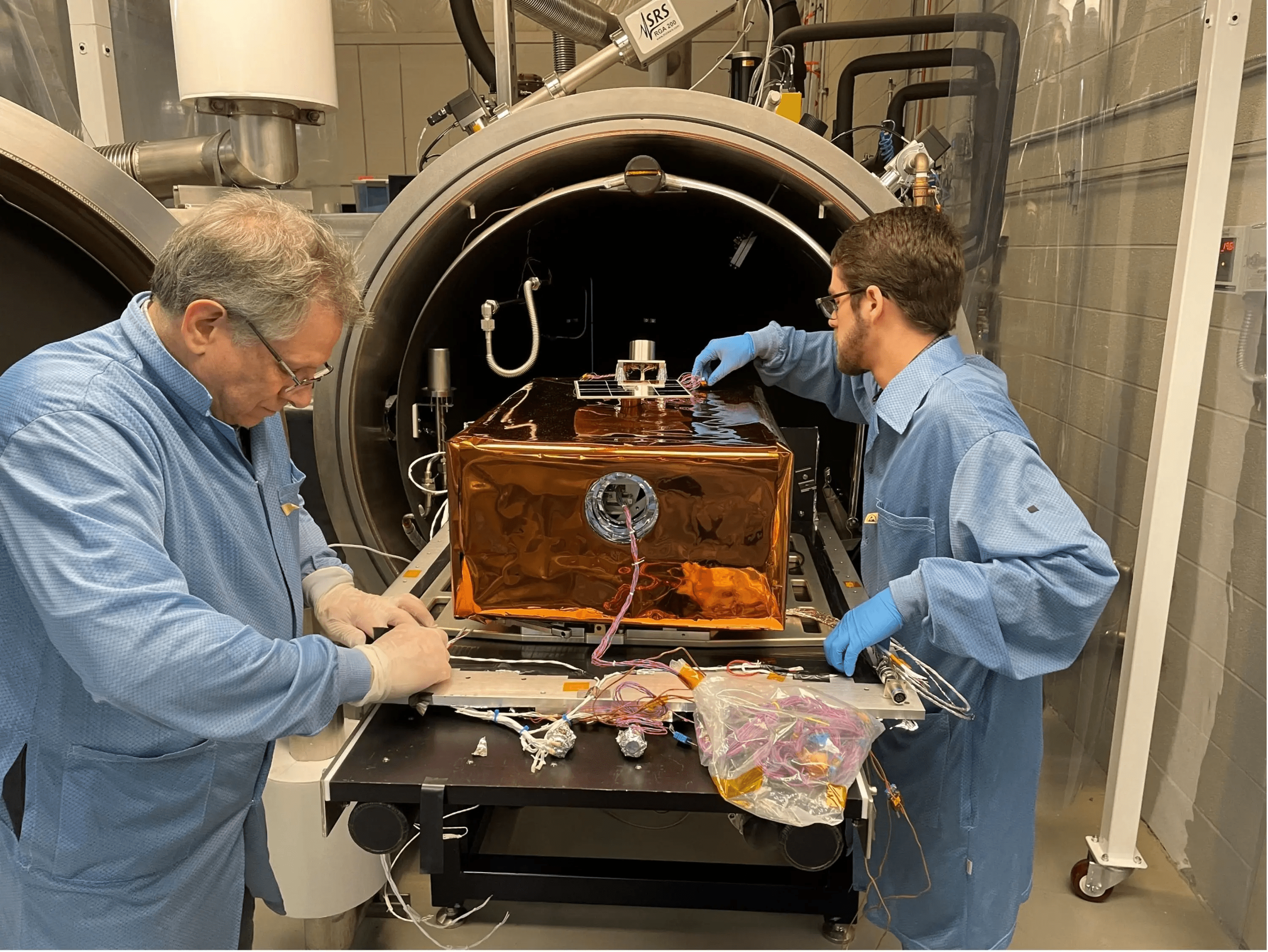2 min read
Astronomers are taking the search for somewhere quiet to work to new extremes with a plan to put a radio telescope on the far side of the Moon.
The advantage of this unusual location is that the Moon would act as a massive shield, protecting the telescope against radio emissions from Earth. Astronomers could also listen to low radio frequencies that don't penetrate the Earth's atmosphere.
Claudio Maccone, an astronomer at the Centre for Astrodynamics in Turin, Italy, is assessing the concept for the International Academy of Astronautics. He even has his eye on a plot of lunar real estate. A 100-kilometre-wide crater called Daedalus should provide enough space, he says. The crater's 3-kilometre-high rim should also help block any stray radio signals that creep around the Moon to the far side.
"I do believe this will be built," says Maccone, although he admits it will probably take at least 15 years. Even if robots were used to build the observatory remotely, it would cost billions of dollars and need the backing of a large space agency like NASA or the European Space Agency.
By the time the telescope could be built, the area of the Moon that's protected from radio waves is likely to be shrinking fast. This is because as orbit space for telecommunications satellites gets used up, they will have to be placed in higher orbits, so their radio emissions will reach more and more of the Moon's surface.
So Maccone also wants to give the region around the Daedalus crater some form of protection status, to create a permanent quiet zone that would be safe no matter what technology is developed in the future. "The far side is in my opinion a unique treasure that should be preserved for the sake of humankind," he says.
Setting up such a zone would probably be the responsibility of the International Telecommunications Union, which allocates the rights to use different radio frequencies. But it's far from clear whose permission would be needed to build a permanent structure on the Moon.
Maccone is due to present the results of his study to the International Astronautical Congress next October. If the plans are approved, the first step will be to design a satellite probe to orbit the Moon and check there really is a quiet zone.
New Scientist issue 5th January 2002.







